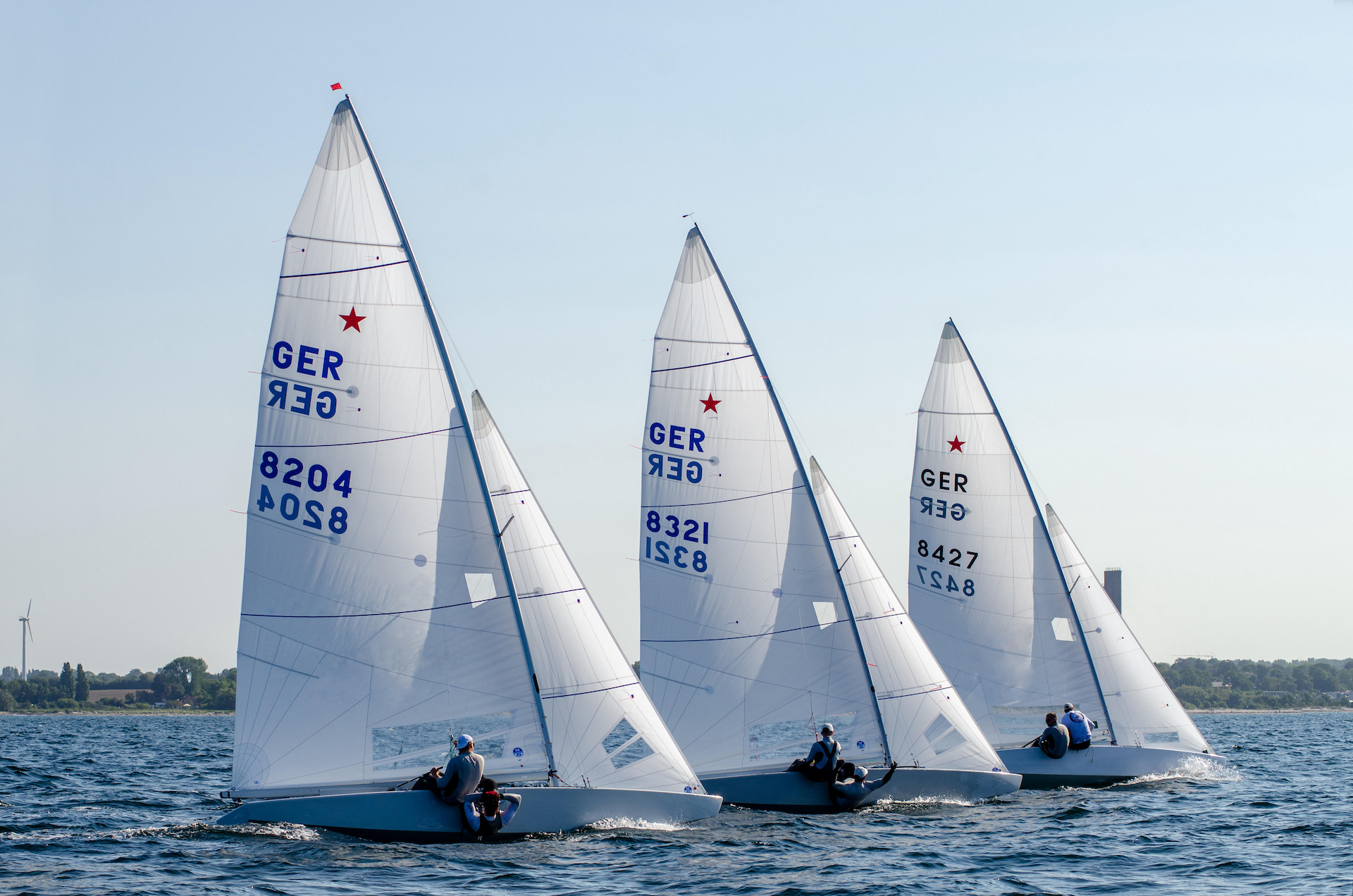The Star Class established in 1922 was the first internationally recognized one design class and still is seen as the benchmark of an international one design class.
The Star class is organized in 3 hemispheres spanning different continents and countries alike. The class is organized in fleets as the smallest entity with the first fleet established on New York’s Long Island Sound and as many as 50 (check on class website) different fleets in Europe from southernmost Flotta Palermo (Pal) 1935 (Italy) to Rasta Flottilj (RS) 1949 (Sweden) in the north and Flota de Lisboa (FdeL) 1935 (Portugal) to Moscow (Mosc) 1959 (Russia) in the east. Those fleets in Europe are then collated to 6 (checked) districts which build the eastern hemisphere.
About the Star Boat
The Star boat is a nearly 7 meter (21 feet) long hard chine keelboat sporting a 10 meter high mast and a 21 square meter mainsail. The total sail area of 26.5 square meter is achieved without using a spinnaker and the crews are using the foresail downwind as such. The boat has contributed to many technological innovations over the last century including jib tracks and circular boom vangs with possibly the most obvious to date still being the flexible mast (marconi style mast, invented by German star world champion Walter v. Huetschler in 1936) which allows the crews to change the rake of the mast and adjust the sail plan depending on course sailed and wind strength.
The total weight of the boat (less than 680kgs in a race) and the massive sail plan require the teams to hike against the powers generated by the wind and water by their legs leading to extremely fit and strong athletes of 200kgs combined crew weight. The long races in traditional star racing allow the fittest and most enduring sailors to compete.
German class association: www.starclass.de
International class association: www.starclass.org

